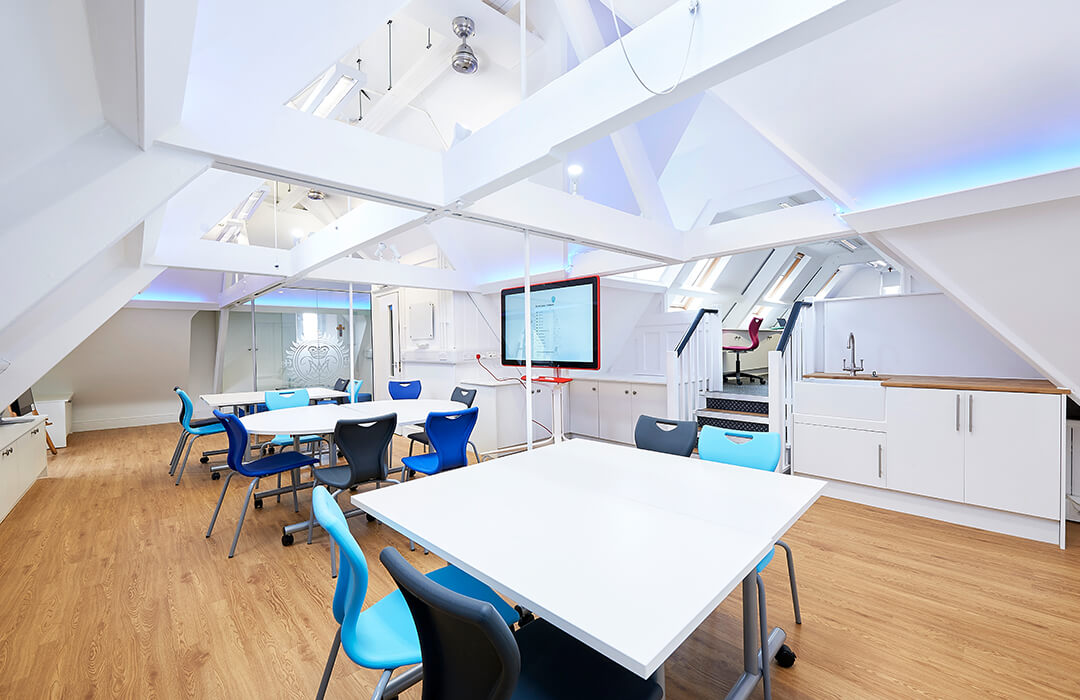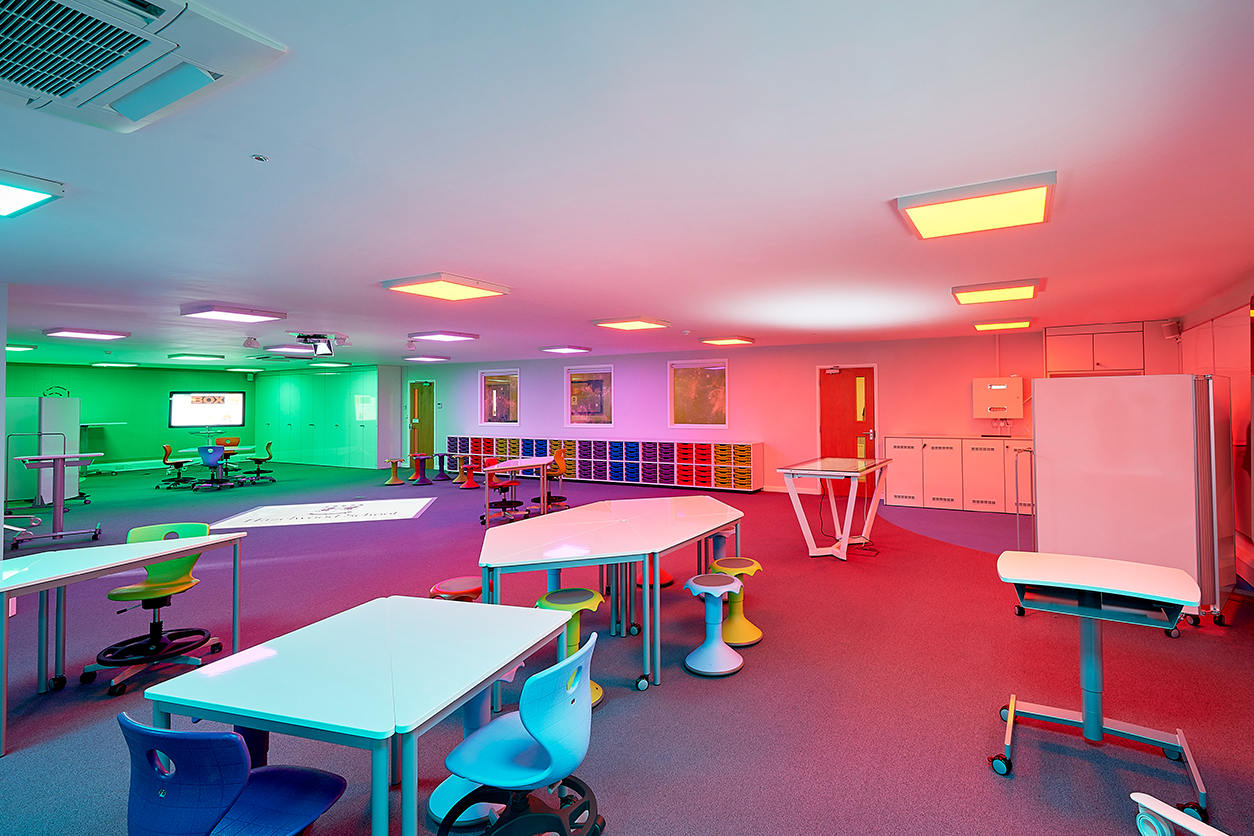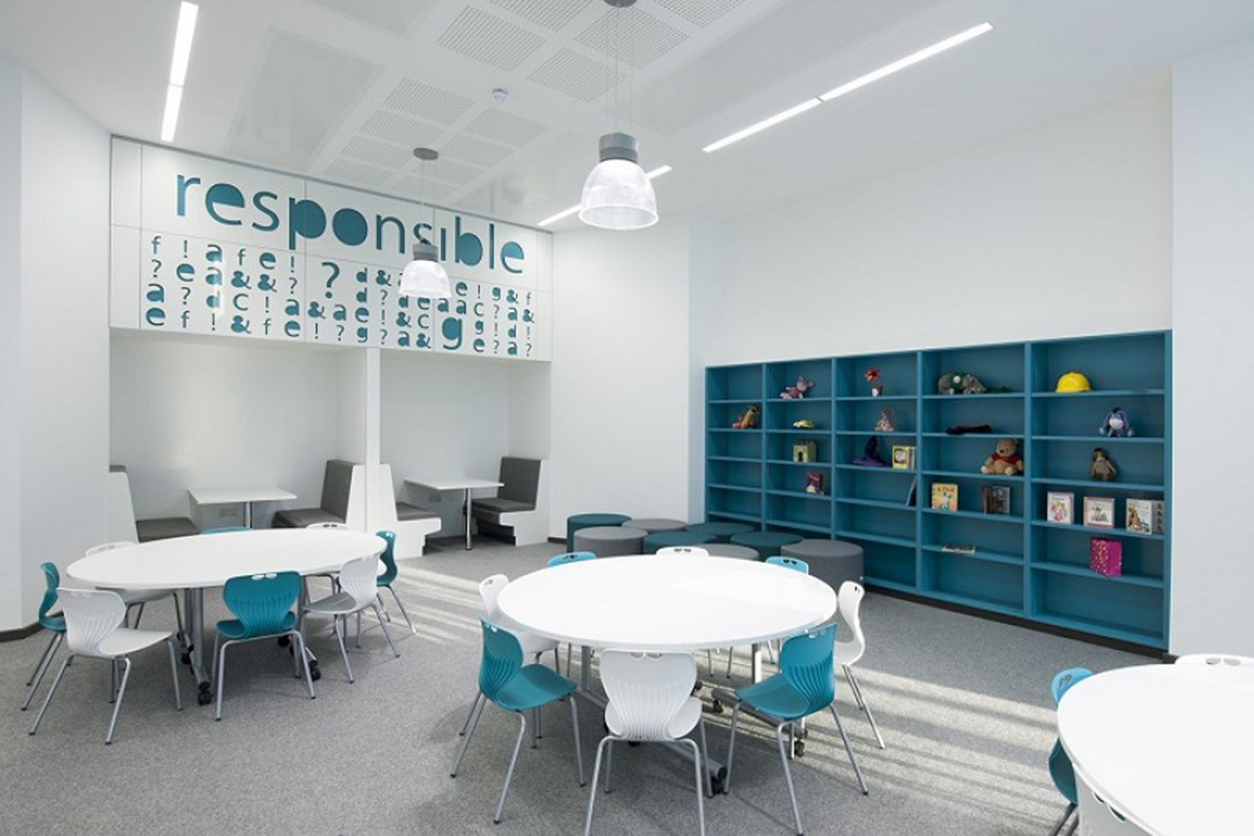ARTICLE
How to Create Classrooms Ready for Crowdsourced Education
It is likely the teaching and learning environment in today’s classrooms is totally alien to what you experienced as a child. Teaching methods are evolving at such a rapid pace, it is hard to make sure the learning environment is always geared towards supporting curriculum delivery. The bursar’s role in facilitating delivery of the curriculum is crucial for schools looking for the competitive edge. One of the biggest new trends in teaching and learning is crowdsourced education. Put simply, it’s curating a large number of ideas from students to generate valuable insights about what and how they would like to learn. The rationale being that high levels of student engagement will lead to a better learning experience.
Collaboration works
As part of a study into collaborative problem-solving, researchers at AQA and the University of Cambridge Faculty of Education explored group work amongst young people, setting them multistage problem-solving tasks to tackle in groups of three. The study showed that if all students are contributing equally to a discussion and responding to each other by expanding and innovating ideas, they can solve the problems more easily. Further, if students explain their ideas rather than simply asserting them, inviting more ideas from others and asking questions, the group does better. So how can you make sure your teaching colleagues’ grand visions about delivering crowdsourced educational themes translate into the student experience in the classroom?
The element of crowdsourced education which will impact physical space the most is the increased levels of physical and digital collaboration. Having the flexibility of space to be able to deliver small groups working together using digital resources is key. Whilst traditional teaching methods would have those groups working within classrooms with their classmates, crowdsourced education can work across year groups in any areas where students can sit, discuss ideas and plan their project.
There are some key factors to consider before proceeding with large-scale crowdsourcing projects in your school.

It's good to talk
You need to understand from your teaching colleagues how they see crowdsourcing working at your school. Will it be solely within class or across key stage? Will they be collaborating with students from other schools digitally? Once you fully understand their vision, you can start reflecting it in your PPM schedule relatively simply. Adapting space for teaching in this way is more likely to have an impact on furnishings than structure, so speak to your design and fitout partner about what your options are for the space. They’ll be able to show you creative ways you can encourage and deliver group work in your chosen space.
Have a trial lesson
Visualising how these new teaching scenarios might work can be tricky, so you might suggest the person leading on the crowdsourcing idea teaches a trial lesson for you and your colleagues. This will help to shine a light on any issues with space or IT which you might encounter when trying to roll this idea out. We’ve all seen projects delivered which look really impressive, however, when you come to actually engage with the space, there are small details which make it more difficult to use and it’s a real shame that these little things are what people then focus on. You can factor any problems you experience into your preferred solution for the space.

Allow for flexibility in spaces
Gone are the days when teaching only happened in classrooms and labs. Now all space on campus should be considered as potential teaching or learning space when it’s due for refurbishment. Again, this could be achieved with clever furnishing solutions rather than grand structural changes. Ask your design and fitout partner about their best multi-functional solutions for your chosen space – you’ll be surprised at how different the space and look with different configurations.
What does collaboration really mean for your school?
Allowing students more flexibility in their learning methods and environment can feel like quite a big change, both for teaching staff and for students. It’s wise to scaffold this new way of working with some rules which are developed in conjunction with students to ensure its success. If the new space involves multifunctional furniture, room division or specific IT equipment, it is best to try to involve estates and IT staff in the development of these rules from the start so that you don’t end up with mishaps in the first few weeks of use.
Whilst there are many factors which need to be considered for effective delivery, the whole point of this approach is openness and innovation. Have fun with it! TaskSpace are ideally positioned to help you realise your design vision. Even if you’re just at the ideas stage, the team would be delighted to talk to you.

START MY DESIGN
If you’d like our Design Studio to create no obligation design for a space in your school, please fill in your contact details below…

